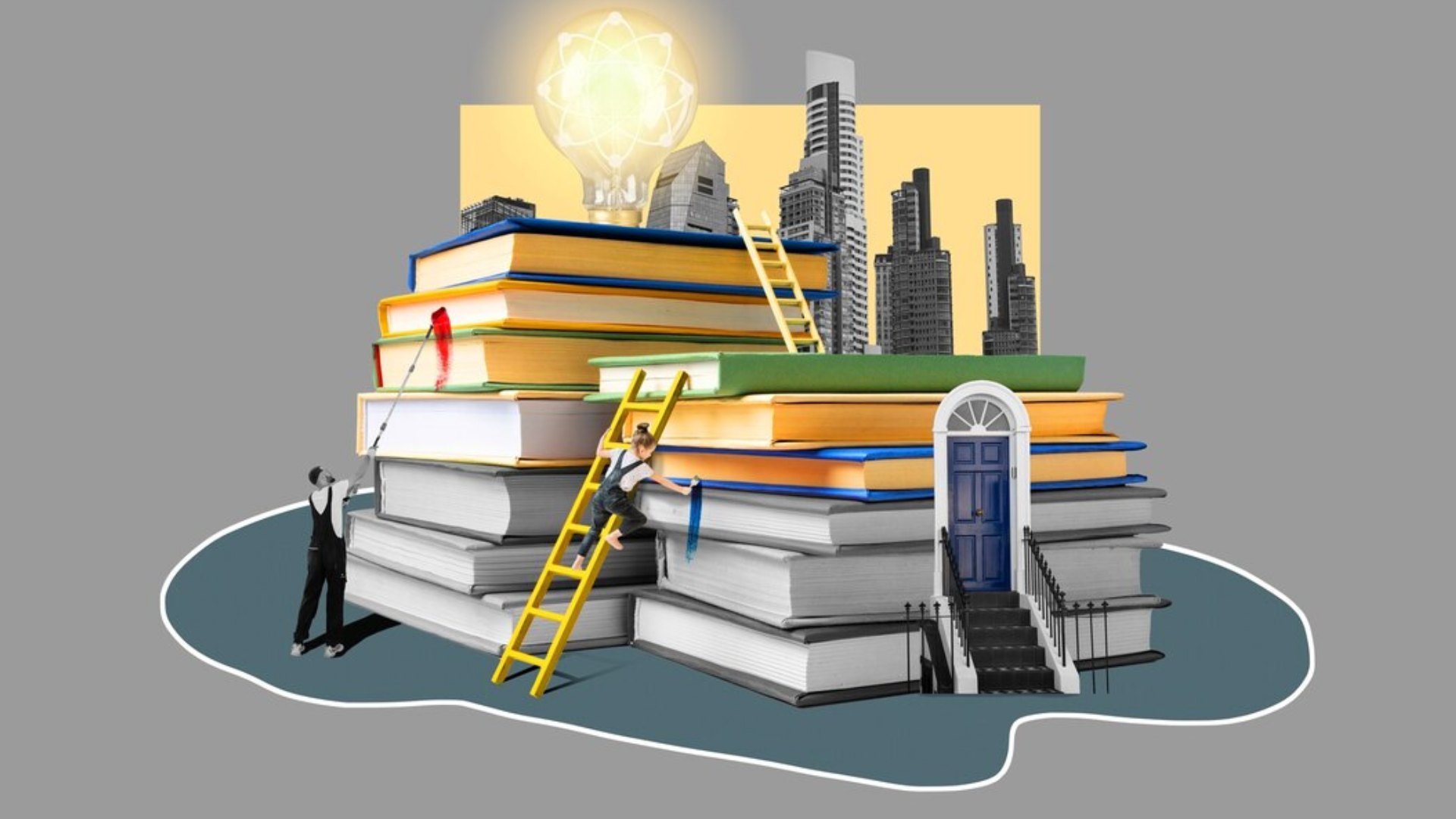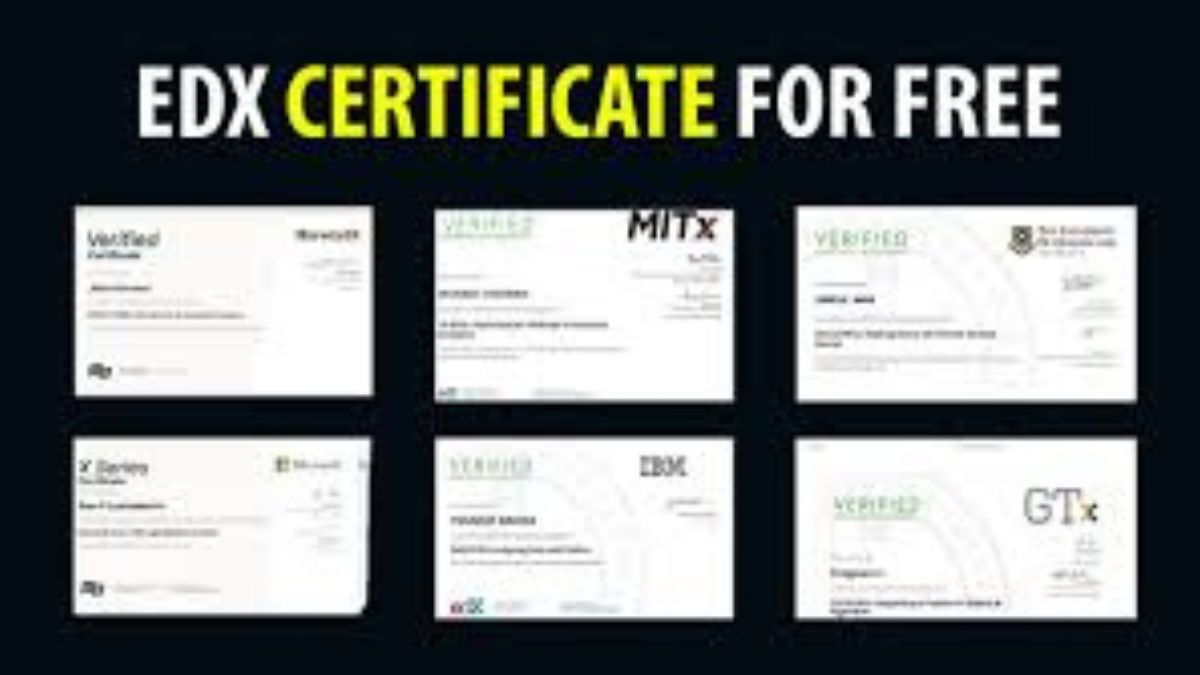In the intricate web of education, educators stand as the crucial threads holding everything together. Their role transcends mere instruction; they are the architects of future leaders. This blog dives into how educators can empower students and shape a better tomorrow, with practical insights for teachers, administrators, and policymakers.
The Growing Importance of Empowering Students
The term “empowerment” has become a buzzword in educational circles, but its significance cannot be overstated. Empowering students means equipping them with the skills, knowledge, and mindset necessary to face future challenges confidently. In an era marked by rapid technological advancements and societal changes, students must be resilient and adaptable.
Empowerment in education fosters critical thinking, creativity, and emotional intelligence. These qualities are crucial for personal development and professional success. When students feel empowered, they are more likely to engage in their studies, participate in extracurricular activities, and contribute positively to society.
Without empowerment, students may not fully realize their potential. They might graduate with diplomas but lack the essential life skills needed to thrive in the real world. Therefore, the role of educators in empowering students is more critical than ever.
Creating a Supportive Learning Environment
A supportive learning environment is the foundation of student empowerment. Teachers can create such an environment by fostering a culture of respect, inclusivity, and encouragement. When students feel valued, they are more likely to take risks and push their boundaries.
One effective strategy is to establish clear and consistent classroom rules. These rules should promote mutual respect and understanding. Additionally, teachers can create a sense of community by encouraging collaboration and teamwork among students.
Another essential aspect is providing emotional support. Teachers should be approachable and empathetic, offering guidance and assistance when students face challenges. By showing genuine care and concern, educators can build strong relationships with their students, fostering a sense of belonging and security.
Encouraging Critical Thinking and Problem-Solving
Critical thinking and problem-solving skills are vital for students to succeed in the 21st century. Educators play a significant role in developing these skills by incorporating them into their teaching practices. Rather than spoon-feeding information, teachers should encourage students to question, analyze, and evaluate.
One effective method is to use open-ended questions that prompt students to think deeply and explore different perspectives. Teachers can also design activities requiring students to apply critical thinking and problem-solving skills in real-world scenarios.
Another approach is to incorporate project-based learning. This method allows students to work on complex, multidisciplinary projects that require critical thinking and problem-solving. Through these projects, students gain a deeper understanding of the subject matter and develop essential life skills.
Promoting Creativity and Innovation
In a rapidly changing world, creativity and innovation are more important than ever. Educators can foster these qualities by creating an environment that encourages experimentation and exploration. When students feel free to express themselves, they are more likely to develop innovative ideas and solutions.
Teachers can promote creativity by incorporating arts and crafts, music, and drama into the curriculum. These activities allow students to explore their creative potential and develop new skills. Additionally, teachers can encourage students to think outside the box by assigning open-ended projects and tasks.
Another effective strategy is to celebrate and reward creativity. When students see that their creative efforts are valued, they are more likely to continue exploring and developing their innovative ideas. By fostering a culture of creativity, educators can help students become confident and capable innovators.
Building Emotional Intelligence
Emotional intelligence (EI) is the ability to understand and manage one’s emotions and the emotions of others. It is a critical skill for personal and professional success. Educators can play a significant role in developing students’ EI by incorporating social-emotional learning (SEL) into the curriculum.
One effective approach is to teach students about emotions and how to manage them. Teachers can use activities and discussions to help students identify and understand their feelings. Additionally, educators can teach strategies for managing emotions, such as deep breathing, mindfulness, and positive self-talk.
Another essential aspect of EI is empathy. Teachers can foster empathy by encouraging students to consider different perspectives and experiences. By promoting empathy, educators can help students develop stronger relationships and become more compassionate individuals.
Fostering Leadership Skills
Leadership skills are crucial for success in both personal and professional life. Educators can help students develop these skills by providing opportunities for leadership and responsibility. When students take on leadership roles, they learn valuable skills such as communication, decision-making, and teamwork.
One effective strategy is to assign classroom responsibilities. Teachers can rotate these responsibilities to ensure that all students have the opportunity to develop their leadership skills. Additionally, educators can encourage students to participate in extracurricular activities, such as student government, sports teams, and clubs.
Another approach is to incorporate leadership training into the curriculum. Teachers can use activities, discussions, and projects to teach students about leadership principles and practices. By providing opportunities for leadership development, educators can help students become confident and capable leaders.
Developing a Growth Mindset
A growth mindset is the belief that abilities and intelligence can be developed through dedication and hard work. This mindset is crucial for personal and academic success. Educators can foster a growth mindset by encouraging students to embrace challenges and view failures as opportunities for growth.
One effective approach is to praise effort rather than innate ability. When teachers focus on effort, students are more likely to develop a growth mindset and persevere in the face of challenges. Additionally, educators can use stories and examples of individuals who have overcome obstacles through hard work and determination.
Another essential aspect is teaching students about the brain’s ability to grow and change. When students understand that their brains can develop and improve, they are more likely to adopt a growth mindset and pursue their goals with determination.
Integrating Technology in Education
Technology has the potential to transform education by providing new opportunities for learning and engagement. Educators can harness the power of technology to empower students and enhance their educational experience.
One effective strategy is to use educational software and apps that promote interactive and personalized learning. These tools can help students develop essential skills and knowledge at their own pace. Additionally, teachers can use technology to create engaging and interactive lessons that capture students’ attention and interest.
Another approach is to incorporate digital literacy into the curriculum. Educators can teach students about the responsible use of technology and help them develop essential digital skills. By integrating technology into education, teachers can prepare students for success in a digital world.
Supporting Diverse Learning Styles
Every student is unique, with different learning styles and preferences. Educators can empower students by recognizing and supporting these diverse learning styles. When teachers tailor their instruction to meet students’ individual needs, they create a more inclusive and effective learning environment.
One effective approach is to use a variety of teaching methods and materials. Teachers can incorporate visual, auditory, and kinesthetic activities to accommodate different learning styles. Additionally, educators can provide opportunities for hands-on learning and real-world applications.
Another essential aspect is to differentiate instruction. Teachers can use flexible grouping, individualized assignments, and varied assessments to meet students’ diverse needs. By supporting diverse learning styles, educators can help all students achieve their full potential.
Encouraging Lifelong Learning
Lifelong learning is the continuous pursuit of knowledge and skills throughout one’s life. It is essential for personal and professional growth. Educators can foster a love of learning by creating a stimulating and engaging educational environment.
One effective strategy is to model a passion for learning. When teachers demonstrate enthusiasm and curiosity, students are more likely to develop a love of learning. Additionally, educators can create a culture of inquiry by encouraging students to ask questions and explore new ideas.
Another approach is to provide opportunities for independent learning. Teachers can assign projects and tasks that allow students to pursue their interests and develop new skills. By encouraging lifelong learning, educators can help students become self-motivated and curious individuals.
Enhancing Global Awareness
In today’s interconnected world, global awareness is more important than ever. Educators can help students develop a global perspective by incorporating international topics and issues into the curriculum.
One effective approach is to use multicultural literature and resources. Teachers can introduce students to diverse cultures, traditions, and perspectives through books, films, and other media. Additionally, educators can use activities and discussions to help students understand and appreciate cultural diversity.
Another essential aspect is to promote global citizenship. Teachers can encourage students to participate in service projects and initiatives that address global issues, such as poverty, climate change, and human rights. By enhancing global awareness, educators can help students become informed and compassionate global citizens.
Building a Sense of Community
A sense of community is crucial for student empowerment. Educators can create a strong sense of community by fostering positive relationships and collaboration among students.
One effective strategy is to use team-building activities and cooperative learning. Teachers can design activities and projects that require students to work together and support each other. Additionally, educators can create opportunities for students to share their experiences and stories.
Another approach is to promote a culture of kindness and respect. Teachers can model positive behavior and encourage students to treat each other with kindness and respect. By building a sense of community, educators can create a supportive and empowering learning environment.
Conclusion
Empowering students is not just a buzzword; it’s a necessity. By fostering critical thinking, creativity, emotional intelligence, and leadership skills, educators can help students become confident, capable, and compassionate individuals. Integrating technology, supporting diverse learning styles, and enhancing global awareness further enrich the educational experience.
For educators, the task may seem daunting, but the impact is immeasurable. By taking actionable steps, teachers can shape the leaders of tomorrow, ensuring a brighter and more inclusive future for all. If you’re ready to take the next step in empowering your students, consider consulting with our team of educational experts who can provide personalized guidance and support.










